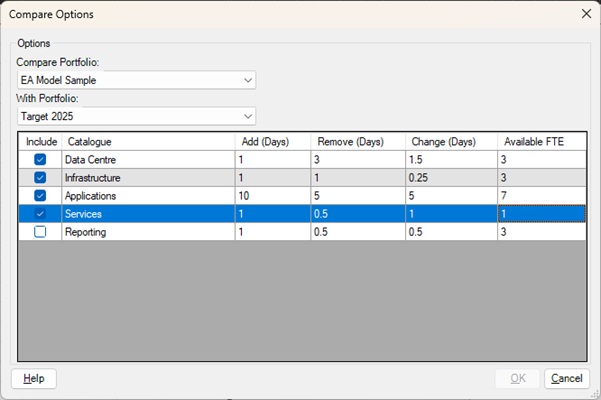Blog Sidebar
Enterprise Modelling Blog Posts.
Installation Guide.
Informative.
Project transformations.
How to discussions.
Ease of being.
Reimagining IT Transformation Project Planning.
In this article, we examine the typical approach to IT transformation project planning and explore a reimagined method for greater efficiency.
The birth of an IT Transformation Project
IT transformation projects typically emerge from business demands, capability gaps, technical debt clean up, or the need to replace outdated technology. Whether driven by end-of-life scenarios or the depreciation of technical stacks.
The Typical Approach to Project Planning
Having generalised the requirement for an IT transformation project and how it might be identified, the Project Management Office (PMO) or Project Manager (PM) is typically introduced to the initiative through discussions with architects or tech leads who outline what needs to be achieved, why it’s necessary, and the key steps to execution.
The savvy project team then translates this information into structured plans. A Project Initiation Document (PID) is created outlining objectives, milestones, and resource requirements. Cost benefit analyses follow, considering factors like overall cost, potential benefits, and return on investment (ROI). Project acceptance criteria and domain skill based allocations are identified for full time equivalent (FTE) resource planning.
The Iterative Process
Generally, this takes quite some time, it goes through multiple iterations that inevitably identifies dependencies that stifle the project until its understood and the dependency is weaved into new steps and plans to ultimately achieve the desired outcome.
The larger the project, the more systems and processes it touches and the more complicated it becomes. While Agile methodologies introduce flexibility, the fundamental challenges of dependency management, issue/risk identification cost benefit analysis and iteration still exist.
A Reimagined Approach to Project Planning
What if we could significantly reduce or remove the iterative process?
Imagine having a fully documented IT landscape (or at least the bit you want to change), where all artifacts, dependencies/relationships are stored in a centralized, up to date repository. Now imagine being able to clone this current architecture model, modify the copy to represent the target architecture, and instantly compare the two.
With this approach, differences between the current and target states could be automatically identified across key domains and dynamically generate a transformation project plan.
Better yet, what if you could provide domain level skill and timings for typical domain level activities along with available FTE resources.
And then automatically output a structured transformation plan? (and its fully documented to boot!)

Domain parameters for Project Plan Creation – The Enterprise Modelling App.
The Future is Here with The Enterprise Modelling App
Whilst this has been written as a vision of the future, this is not beyond the realms of achievability. This capability does exist.
The Enterprise Modelling App is transforming how organizations approach IT transformation planning. By leveraging everyday productivity tools like Microsoft Office, it enables seamless IT documentation into a centralised repository which can be used to, automate transformation planning, whilst also enhancing collaboration across stakeholders.
With this powerful approach, organizations can rethink IT transformation making it smarter, faster, and more efficient.
